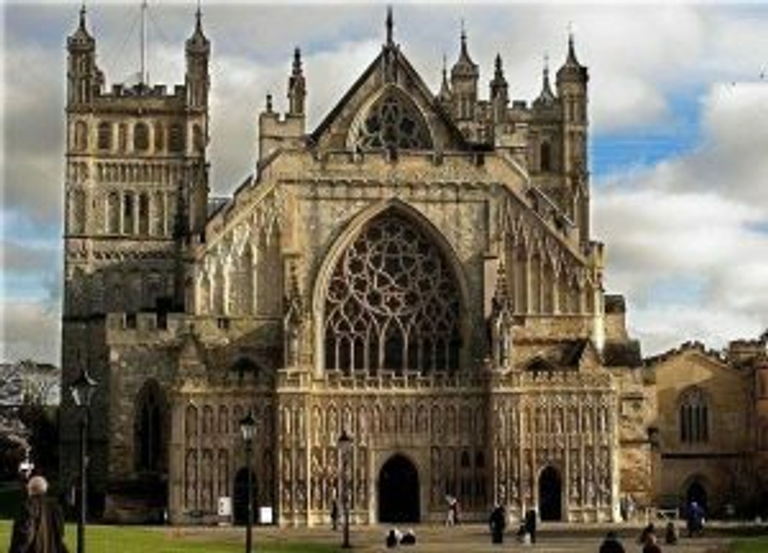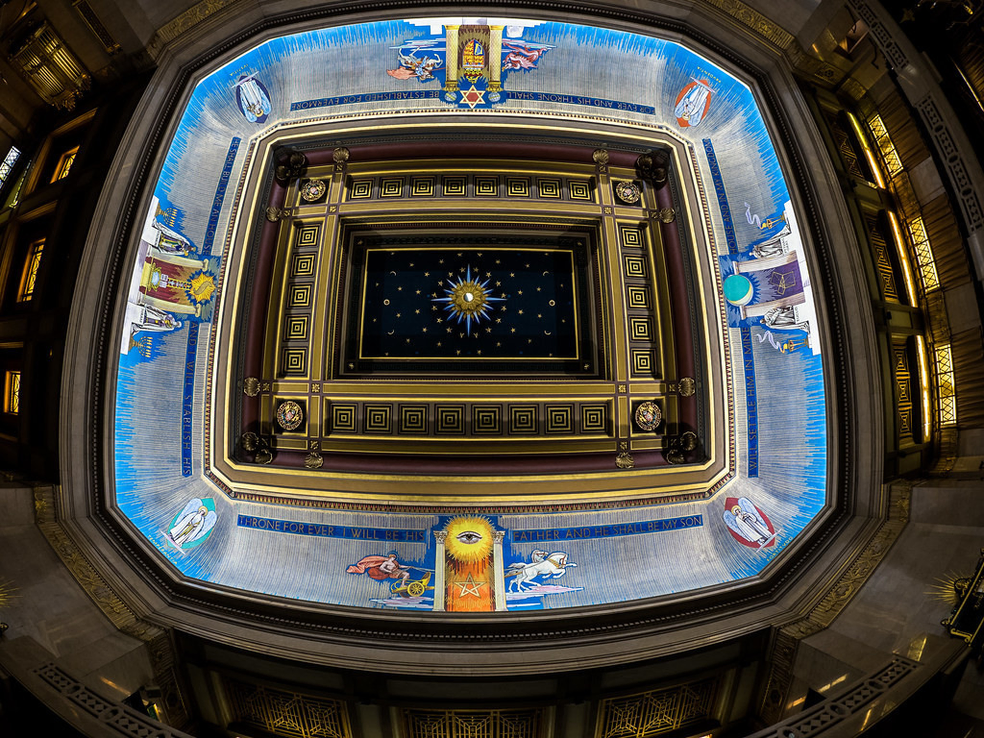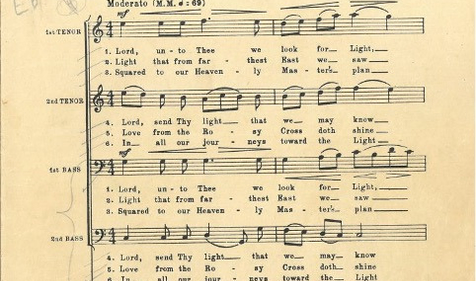While no one knows with certainty when or how Freemasonry was formed, the most widely accepted theory among Masonic scholars traces our fraternity back to the stonemasons of the middle ages.
While no one knows with certainty when or how Freemasonry was formed, the most widely accepted theory among Masonic scholars traces our fraternity back to the stonemasons of the middle ages.
Freemasonry borrows many practices and ideas from stonemasons as part of an analogy for “building” themselves into better men by perfecting their “craft.” If you’re curious about where many of our most sacred and honored traditions derive from, continue reading as we explore the connection between the two crafts and the history behind modern Masonry.
Middle-Ages: The Rise of Stonemasonry
Stonemasonry refers to the formation of buildings, structures, and sculptures using stone. In early history, this group of men, stonemasons, were relied upon to build some of the most impressive and famous landmarks in history. From the Egyptian pyramids to Greek temples, and Parisian palaces, stonemasons are, quite literally, the foundation of modern civilization.
Stonemasons played a pivotal role in the development of architecture, as well as economics, religion, politics, and society. During the medieval era, not only were homes and towns being built throughout Europe, but also cathedrals, mansions, and castles across the continent and the world. These structures are home to much of the world’s history, serving as the locations where religion prospered and where governments were formed.
The Stonemason’s Guild: Perfecting the Craft
As the skill and labor of stonemasons continued to be called for in high demand, the craft grew. So much so that a member body, called a “Guild,” was formed to regulate the practice, skill, and people of stonemasonry, as well as protect the sacred trade secrets. These guilds were found primarily in Scotland, England, and France.

Within the Guild, members were ranked based on experience and knowledge. Members entered as Apprentices, entry-level stonemasons indentured to their Masters in return for training and education. After completion of their apprenticeship, members were promoted to Journeymen, skilled stonemasons who were paid for their work. Finally, the highest honor members could receive was the title of “Master Mason” which meant they were trusted to travel and work freely for their patrons. Master Masons were also in possession of the Master’s word (password) and grip (handshake)...sound familiar? This allowed fellow Master Masons to recognize each other.
“Free and Accepted Masons”: The Start of Brotherhood
As stonemasonry entered the 18th century, the Guild swelled with craftsmen and began to form local organizations, called lodges. While the reason behind the creation of lodges has been widely debated, one theory includes that, due to the inherent danger of their work, lodges were created to take care of sick and injured members, as well as the widows and children left behind from those killed on the job - similar to our Masonic obligation to care for our members and their families. Other sources report that lodges were built following a period of religious war, where many lost their guild buildings or building permissions.1
Soon enough, men who were not stonemasons sought membership within these lodges for the advantages and community it offered. These men became known as “accepted” or “speculative” masons. Men who practiced stonemasonry were then considered “free” or “operative” Masons. It was from these “Free and Accepted Masons” groups that Freemasonry emerged, serving as a social and cultural organization for its members. This defied societal norms of the time, where class distinctions rule. Some experts suggest that the inclusion of upper and lower classes in Freemasonry created the notion that Freemasonry’s purpose is to take good men and make them better.
Stonemasonry Roots in Freemasonry Today
Today, the term “Freemason” is speculated to derive from two potential origins. One explanation of the etymology is that the laborers worked with freestone, a smooth limestone or sandstone, for their ornamental stonework. Another theory is that Masons are free men--not enslaved or indentured--with free will, or the right to set their own course and path in life.
The stages of professional development within the stonemasons’ Guild (Apprentice, Journeyman, Master Mason) are reflected in the Masonic process of self-improvement, by which Freemasons go through the degrees and prove themselves worthy of moving up the ranks to their brethren. The famous Masonic handshake evolved from this inter-member approval process, where the strength of a stonemason’s grip represented his readiness to step up to a new level of the craft.
Early Freemasons drew symbols from the tools their stonemason Brothers used in their daily craft, tying morals and lessons to items. The Mason’s Square and Compasses are said to represent stability, balance, and judgement; from these values emerged Masonic rituals, teachings, and organizational structures. The Masonic apron also originated with stonemasons, who wore aprons to protect themselves from shards of rock and dirt.
Today, there are more than 160 Grand Lodges worldwide, and the brotherhood of Freemasonry consists of over six million members across the globe. The symbols of stonemasonry, like the Square and Compasses, the Masonic apron, and Mason’s trowel, remain proudly displayed on Masonic buildings, on artifacts, in memorials, and in the lodge. We honor the stonemasons for bestowing their traditions and values upon us.
- Christopher Hodapp, Freemasons for Dummies, Wiley Publishing Inc., 2005
- Douglas Knoop, "The Genesis of Freemasonry," Manchester University Press, 1947
- Robert L.D. Cooper, Cracking the Freemason's Code, Rider 2006
Related Stories
Discover additional Scottish Rite blogs and news on this topic.



